Wollongong Hospital is among the next twelve hospitals across metropolitan and regional NSW to introduce Safe Staffing Levels in emergency departments, with the implementation of the reform set to improve the experience of patients and boost retention and capability of staff in public hospitals.
The Safe Staffing Levels initiative involves the introduction of minimum staffing levels on every shift, which will result in more nurses employed in hospitals right across the state and better care for patients.
The staffing boost of frontline healthcare workers at Wollongong Hospital will enable a one-to-one nursing care ratio for generally occupied emergency department resuscitation beds on all shifts, and one nurse to three generally occupied ED treatment spaces and ED short-stay unit beds on all shifts.
The announcement will bring the total number of hospitals commencing the roll-out of Safe Staffing Levels to 16 across the state following the earlier announcement of Liverpool, Royal North Shore, Lismore and Port Macquarie Hospitals.
The Safe Staffing Levels Taskforce, which includes key leaders from the NSW Nurses and Midwives’ Association (NSWNMA), NSW Health, and local health districts, will continue to work through the preparations to determine the FTE required to deliver Safe Staffing Levels at Wollongong Hospital over coming weeks and months.
Phase one of Safe Staffing Levels is initially commencing in Level 5 and Level 6 EDs, which treat the most critically ill patients, and will then be progressively implemented across other hospitals and departments. The Safe Staffing Levels Taskforce will continue to oversee the rollout of the government’s commitment of 2480 FTE over four years (to June 2027) towards staffing levels.
Implementing Safe Staffing Levels is just one of a range of measures that the NSW Government is embracing to build a more supported health workforce, including:
- saving 1,112 nurse and midwife positions by making the roles permanent;
- abolishing the wages cap and delivering the highest pay increase in over a decade for nurses and other health workers;
- beginning to roll out 500 additional paramedics in regional, rural and remote communities; and
- introducing the health worker study subsidies scheme.
The Minns Labor Government’s introduction of Safe Staffing Levels forms one part of a comprehensive plan to build a better health system across NSW.
After 12 years of neglect and a lack of investment in our health system, the Minns Labor Government is rebuilding this essential service we all rely on.
Quotes attributable to Minister for Health Ryan Park:
“The Safe Staffing Levels initiative involves the introduction of minimum staffing levels on every shift, which will result in more nurses employed in hospitals right across the state.
“The rollout began earlier this year at Liverpool, Royal North Shore, Port Macquarie Base and Lismore Base Hospitals and I’m thrilled we’re now onto the next twelve sites that will see implementation commence over coming months.
“Importantly, this reform will deliver improved nursing numbers to provide care for patients while supporting our frontline healthcare staff.
“I look forward to working with representatives from the NSW Nurses and Midwives’ Association and NSW Health as part the Safe Staffing Levels Taskforce as they review the rollout and use these experiences to help inform safe staffing levels implementation at future sites.”
Quotes attributable to Member for Wollongong Paul Scully:
“Wollongong Hospital Emergency Department has been under pressure for years and the introduction of the Safe Staffing Levels Initiative to the ED will benefit staff and patients.
“This initiative aims to support the attraction and retention of health staff in the Illawarra areas to help patients have access to high-quality care.
“This will make a massive difference to nurses in the emergency department at Wollongong Hospital, and be a major benefit for all in our community who require emergency care at the hospital.”


